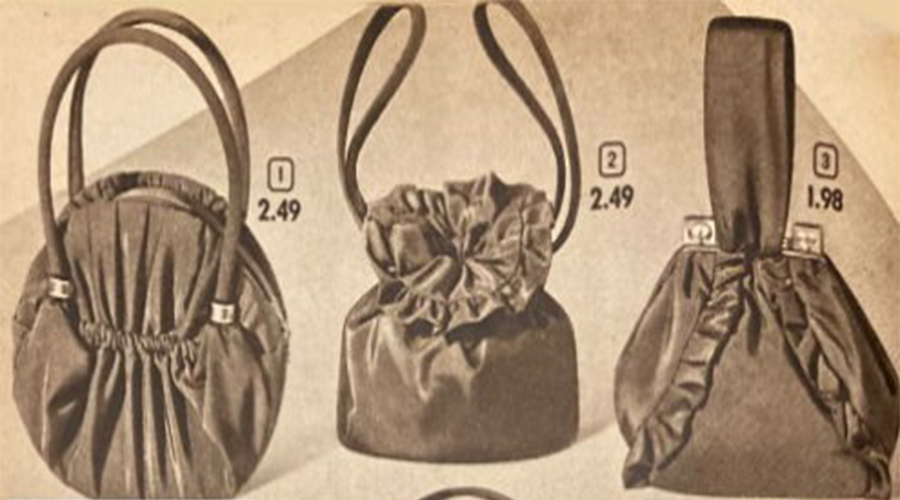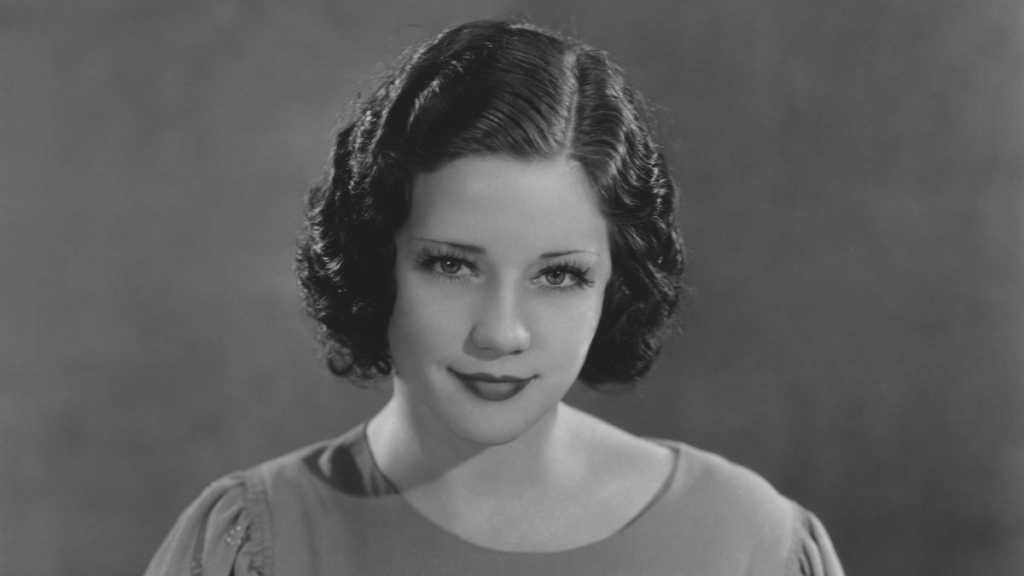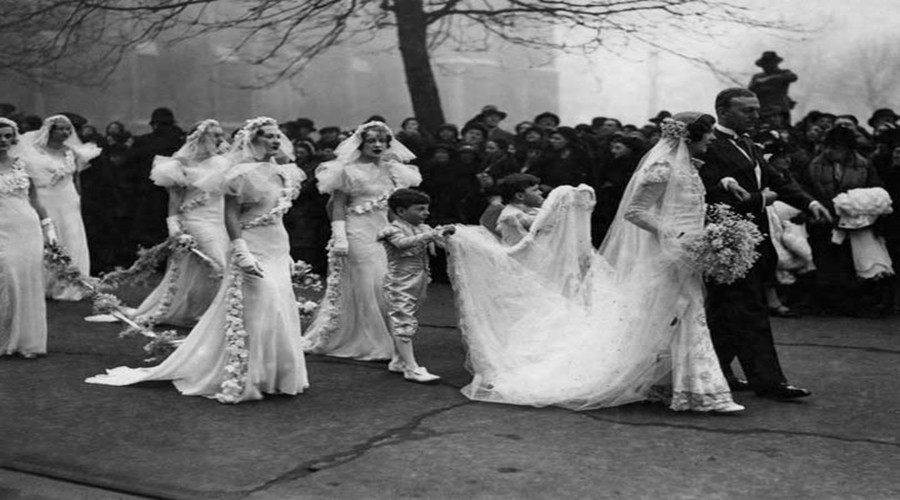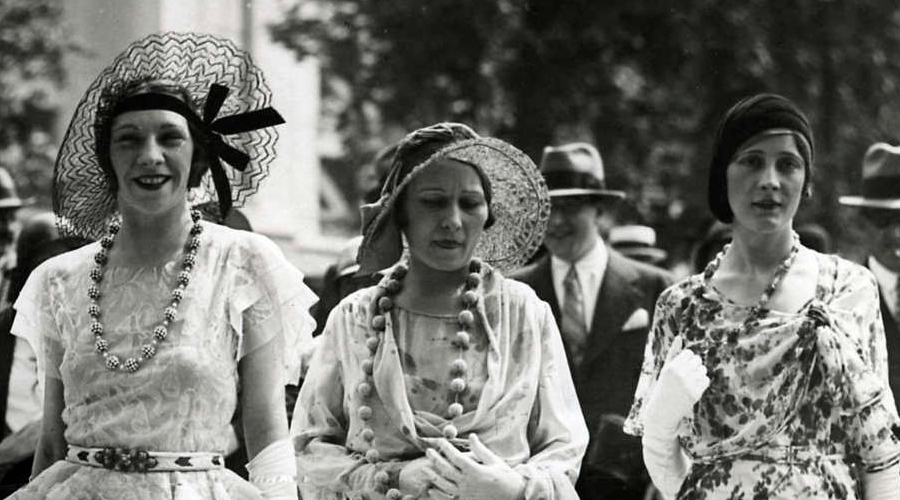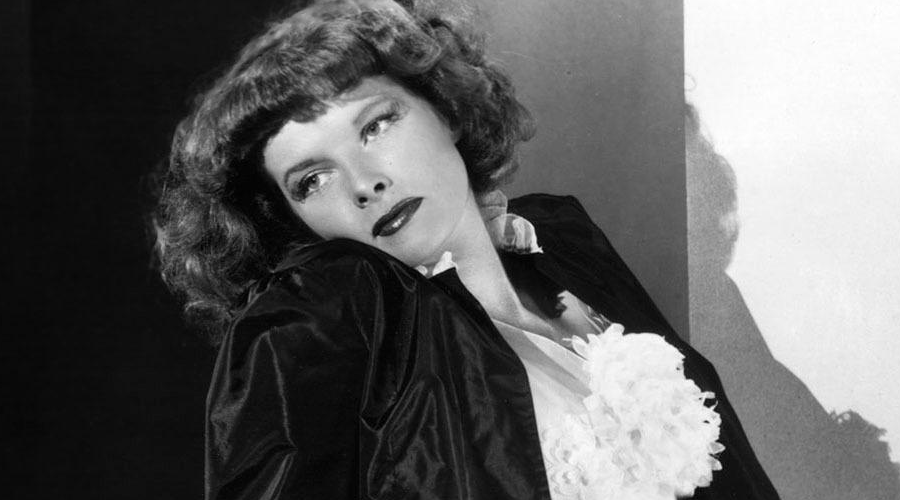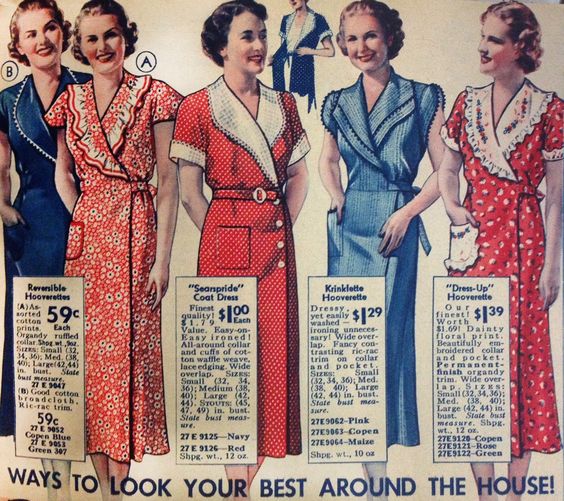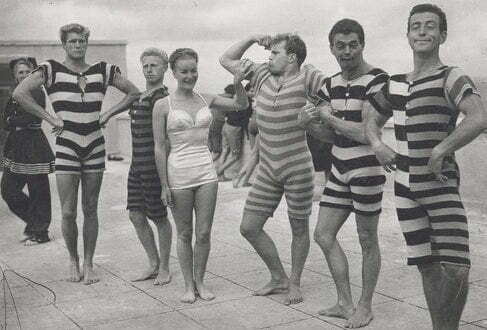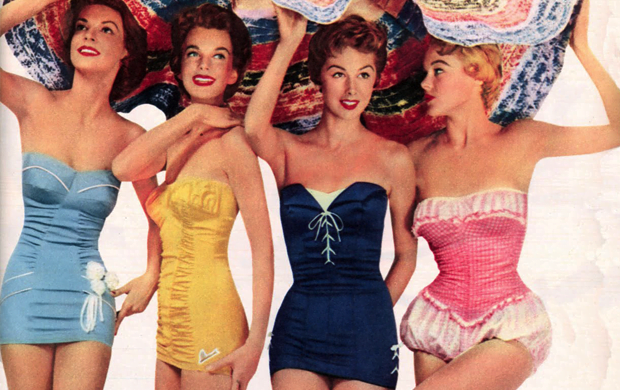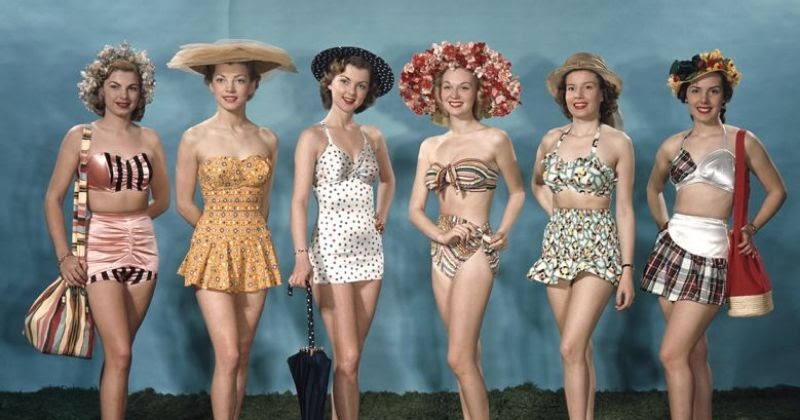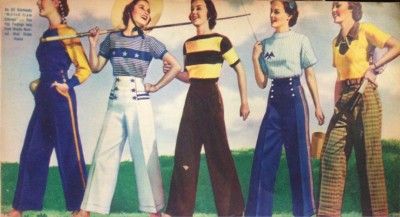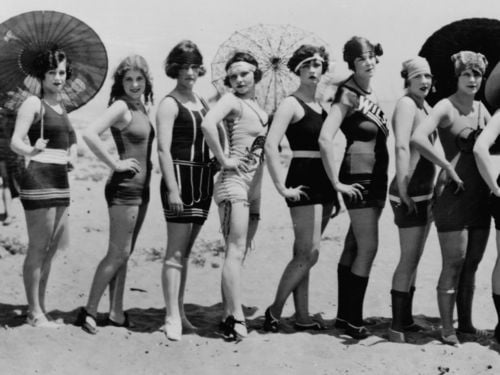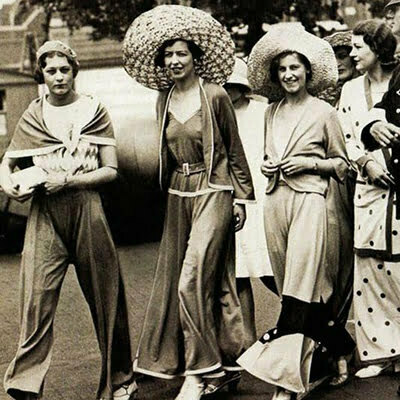Swimwear has always been present in the fashion scene, but the 1930s saw the launch of an innovative wave of swimwear. This era’s fashion was more prevalent in the magazine and fashion scene than on the beach.
The fabrics’ quality was exotic and well-liked by ordinary people and fashion enthusiasts.
It became such an iconic look for the entire 1930s that you couldn’t go anywhere without seeing someone styling swimwear for a casual look.
 What Did 1930s Swimsuits Look Like?
What Did 1930s Swimsuits Look Like?
The 1930s saw the emergence of the health and fitness movement, which favored fit and healthy female bodies. Women were encouraged to exercise in ways that were deemed ladylike in order to maintain their figures.
One of these exercises was swimming. The skirted, skirtless, and dressmaker swimsuits were the three main styles in the 1930s. Swimsuits in the 1930s were very different from swimsuits in previous years. The differences ranged from material to gender-specific appearance.
Women’s swimsuits had lower backs and necklines, as well as higher cut legs, allowing them to show more skin than in previous years. The women’s swimsuits varied in styles from one color to multicolor stripes, some even included sea creature and marine-themed appliques.
The Maillot style of swimwear, the first commercial one-piece swimsuit, became the decade’s iconic look. Lastex invented a thin fabric that provided women with support in the form of girdles and bras. The new fabric was shiny and sleek, in stark contrast to the wool swimsuits of previous years.
Men’s swimsuits were also designed to show more skin, with the top generously cut out around the arms and neck to allow for easy swimming and comfort. The popular swimsuit was two pieces: shorts and a crab-back top. In terms of design, Stripes were a popular pattern, and many suits came with a matching white belt.
Tips on Matching Swimsuits![Pre-sale] Dark Green 1930s Reversible Halter Swimsuit – Retro Stage - Chic Vintage Dresses and Accessories](data:image/svg+xml;base64,PHN2ZyB4bWxucz0iaHR0cDovL3d3dy53My5vcmcvMjAwMC9zdmciIHdpZHRoPSIyODEiIGhlaWdodD0iMzc1IiB2aWV3Qm94PSIwIDAgMjgxIDM3NSI+PHJlY3Qgd2lkdGg9IjEwMCUiIGhlaWdodD0iMTAwJSIgc3R5bGU9ImZpbGw6I2NmZDRkYjtmaWxsLW9wYWNpdHk6IDAuMTsiLz48L3N2Zz4=)
There are many fashionable ways to wear swimsuits; here are a few good tips to help you match and achieve the best synergy when matching a swimsuit:
- Colors and Patterns – When mixing prints, pair prints with similar colors or patterns. This will help to ensure that the colors or prints blend well and avoid a tacky appearance.
- Test – There are near unlimited options for swimsuits. It can be difficult to know where to begin with so many different styles, colors, and prints to choose from. Mixing and matching different pieces is one of the best ways to find what works.
- Print and Color – It is important to match a print with a solid color when matching print with color.
- Consider the Material – The material of a piece dictates how it should be styled and what it can be paired with. Being aware of this will help greatly in matching.
- Neutral Bottoms and Bright Tops – Combining a neutral top with a bright bottom is a simple way to add a pop of color to swimsuits.
Swimsuits are fun to wear and style, especially now that there are so many different styles, patterns, and colors to choose from.

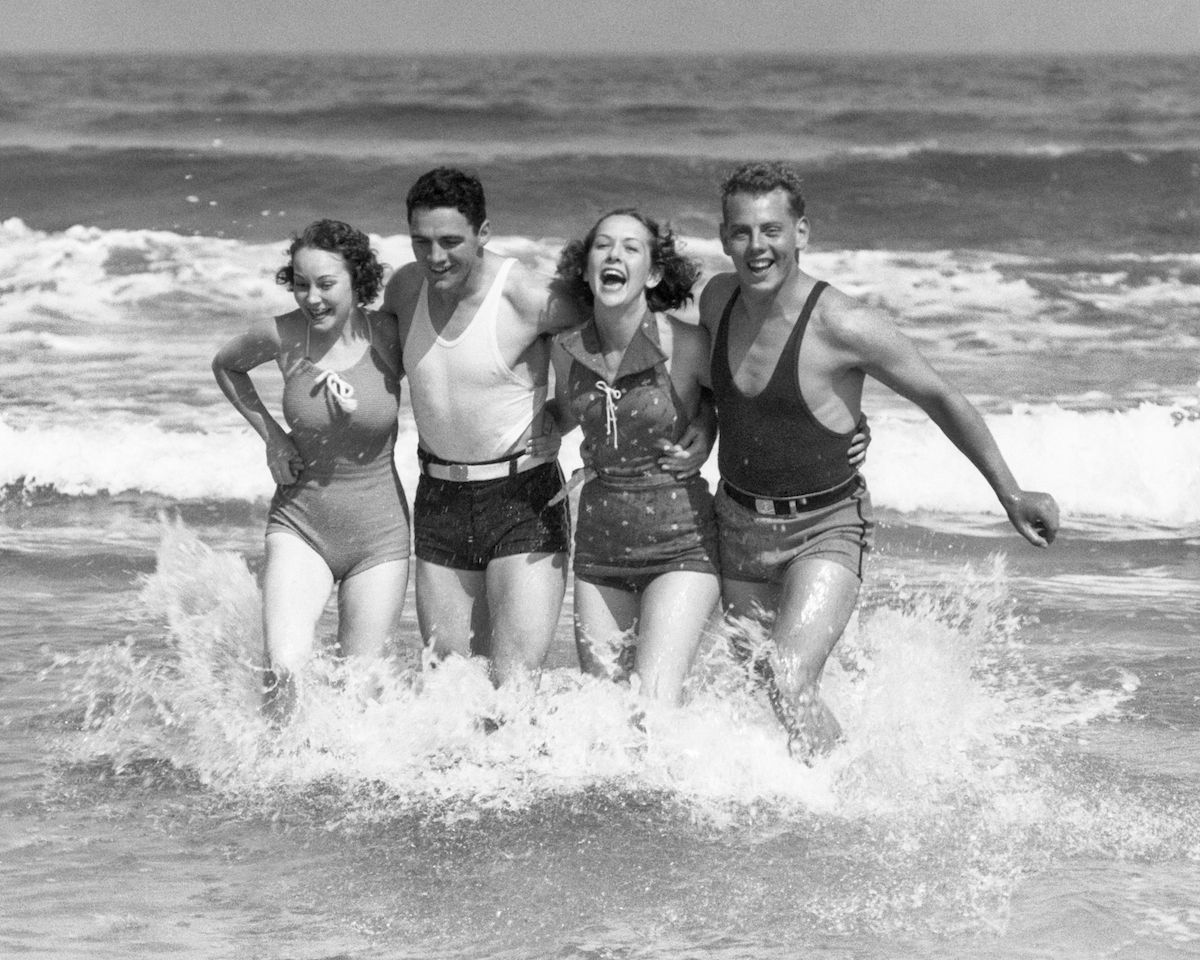
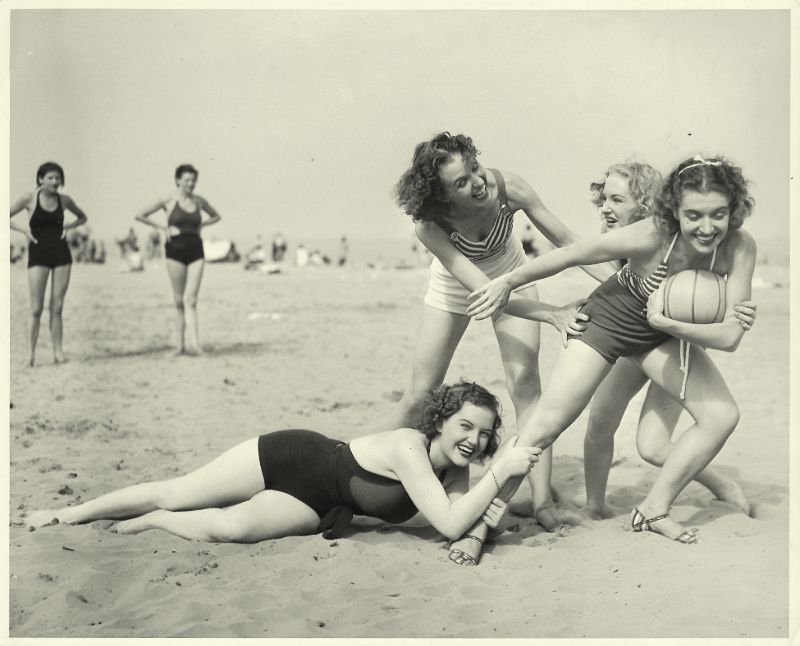 What Did 1930s Swimsuits Look Like?
What Did 1930s Swimsuits Look Like?![Pre-sale] Dark Green 1930s Reversible Halter Swimsuit – Retro Stage - Chic Vintage Dresses and Accessories](https://cdn.shopify.com/s/files/1/2505/5036/products/1_89d822a7-007b-437f-bc36-0af71152ef32_1024x1024.jpg?v=1678334362)
